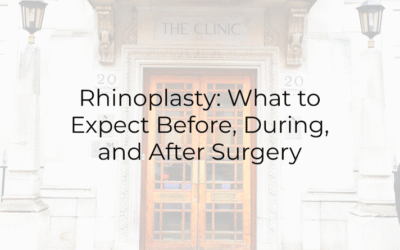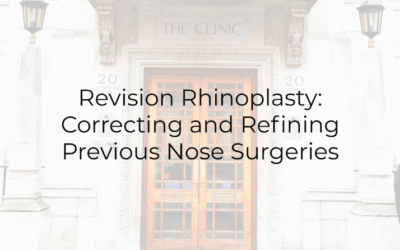Ear pinning, also known as otoplasty, is a surgical procedure designed to correct protruding or asymmetrical ears. While it is commonly performed on adults, it is also suitable for children, often helping to alleviate self-esteem and social challenges that arise from teasing or bullying. In general, children as young as five or six years old are eligible for ear pinning surgery. By this age, a child’s ears have typically reached about 90% of their adult size, making it an appropriate and effective time for intervention.
One of the primary benefits of ear pinning in children is the improvement of psychological well-being. Many children with prominent ears face ridicule at school, which can lead to decreased self-confidence and feelings of embarrassment. By addressing the issue early through otoplasty, parents can help their children avoid unnecessary emotional distress and develop a healthier self-image. This newfound confidence can translate into a more positive school experience, social interactions, and overall mental health.
Another benefit is the physical correction and balance that otoplasty offers. Children with prominent or asymmetrical ears not only face potential psychological burden but also discomfort or issues with the way their ears interact with helmets, hats, and other headgear. After ear pinning, the adjustments made by the surgeon create a more natural and proportionate appearance, often leading to enhanced comfort and functionality in wearing various head accessories.
The process of ear pinning generally involves making an incision behind the ear, repositioning or removing cartilage as necessary, and then securing the ear closer to the head. The procedure is relatively quick, typically taking one to two hours, and is performed under general anesthesia for younger children to ensure their comfort and cooperation. Post-recovery, children typically return to school and normal activities within a week or two, with minimal visible scarring as the incision is cleverly concealed in the natural crease behind the ear.
Lastly, the permanency of the results achieved through ear pinning is particularly beneficial. Unlike some cosmetic interventions that may require adjustments or repeated treatments over time, otoplasty offers long-lasting results that persist into adulthood. This can be particularly reassuring for both parents and children, knowing that the investment in their child’s well-being will have enduring effects.
In conclusion, ear pinning can provide significant benefits for children, both in terms of physical correction and emotional well-being. Allowing a child to enjoy their formative years without the added stress of self-consciousness about their appearance creates a foundation for confidence and self-assurance that can positively influence their future.




